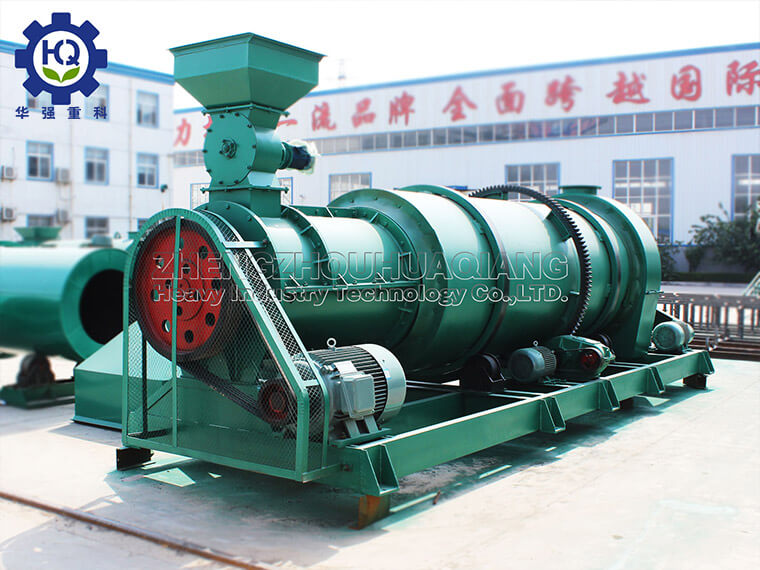Powdered organic fertilizer refers to fertilizer produced by fermenting organic raw materials in a certain proportion without causing particles. There is a certain difference from traditional composting fermentation. The national standard is 40% organic matter, over 5% total nutrients, and 30% moisture. The equipment is also relatively simple. The equipment for the small-scale organic fertilizer production line for powder mainly consists of three stages of fermentation, namely: pre mixing, flipping, refining, and packaging. The main purpose of fermentation is to decompose large molecular materials of organic raw materials into small molecular materials that can be absorbed and utilized by crops through microbial decomposition. The quality of fermentation also affects the quality and effectiveness of organic fertilizers..jpg)
The small-scale cow manure processing organic fertilizer equipment has good quality and good price. The organic fertilizer production line refers to a complete set of equipment that uses animal manure as the main raw material to produce organic fertilizer. The entire set of equipment includes the process of fermentation into organic fertilizer and the process of making organic fertilizer into granules and packaging. Some customers with less investment choose fermentation equipment, crushing equipment, screening equipment, and packaging equipment to form a set of powdered organic fertilizer production lines.
The equipment for the cow manure powder organic fertilizer production line is designed for novice users. We consider that users are worried about the high price of powder organic fertilizer equipment because they have just started building a factory and do not have enough economic funds. However, their own farm manure has no place to treat, pollutes the environment, and there is a foul odor every few miles. Therefore, our company has designed a small set of powder organic fertilizer production line equipment, which can solve the problem of low investment and fast return on efficiency, There is no need to worry about sales issues (self use or local sales). The entire set of powdered organic fertilizer production line costs around 86000 yuan. Low cost investment not only solves environmental pollution problems but also increases income, making it a good project for farmers to get rich.

.jpg)
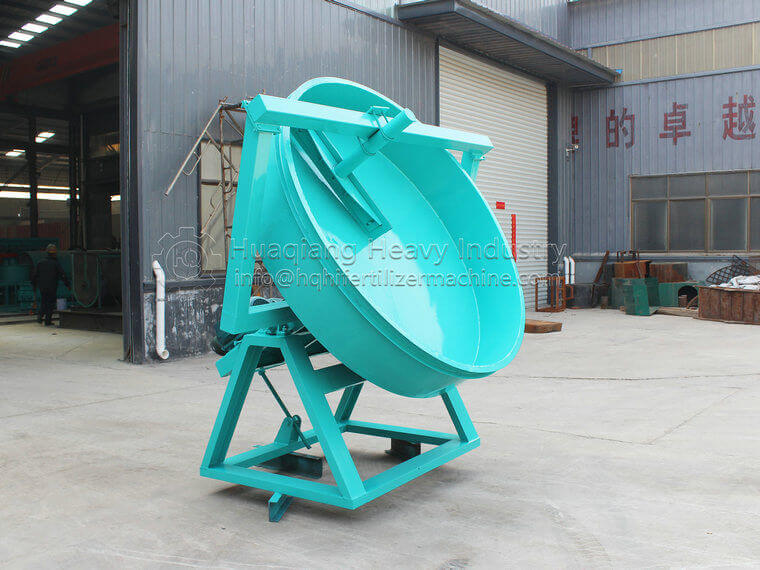
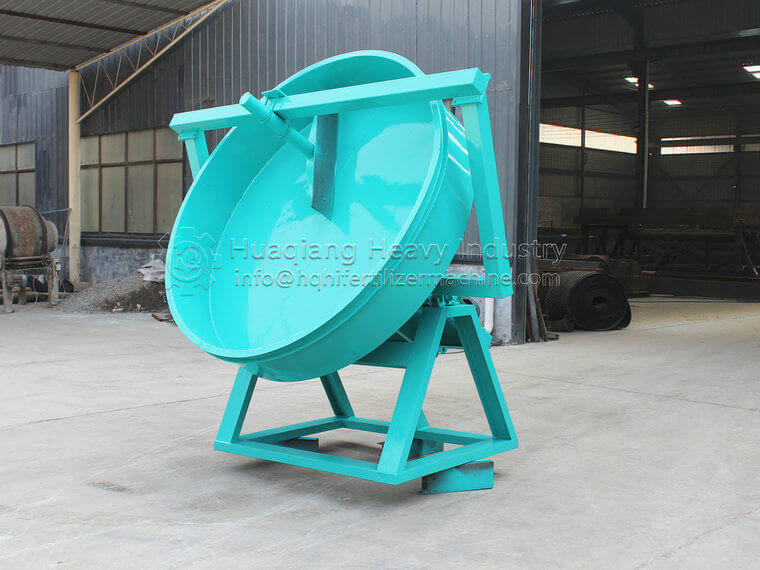
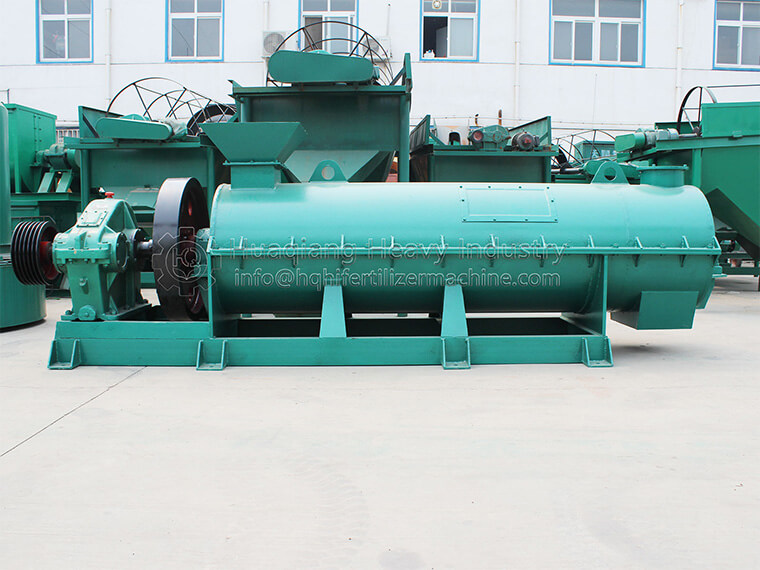
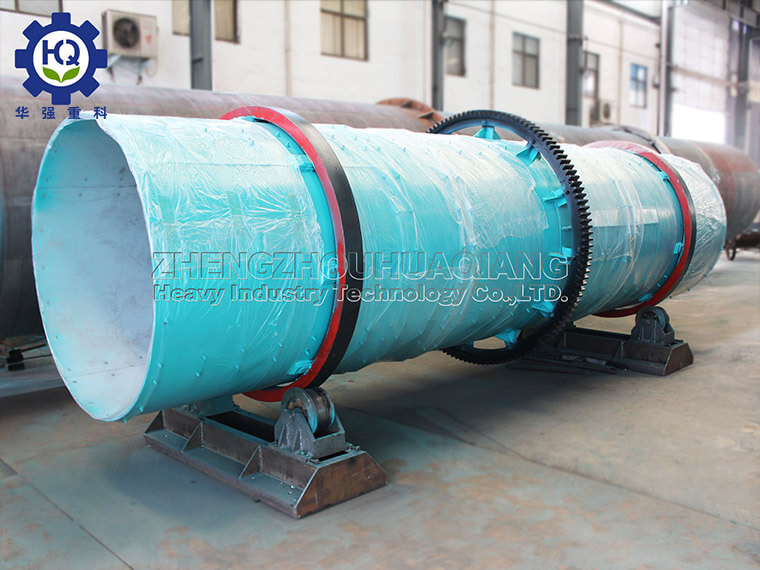
.jpg)
